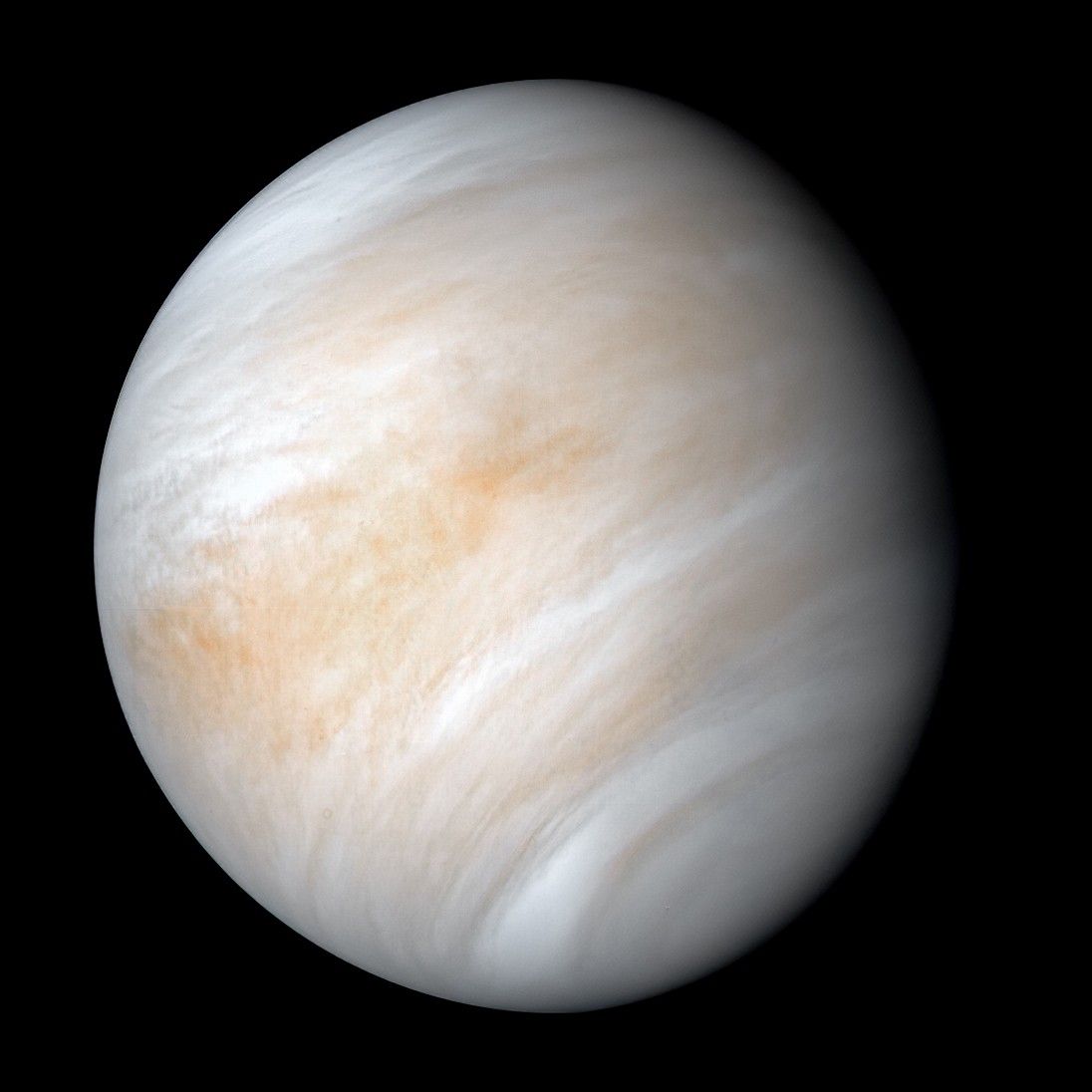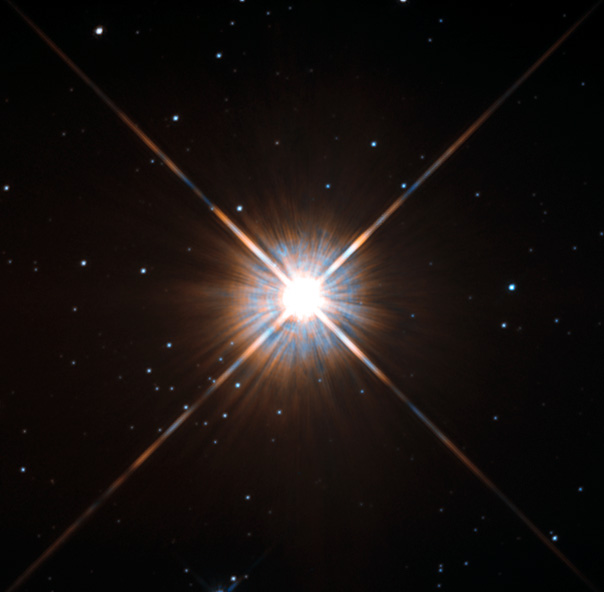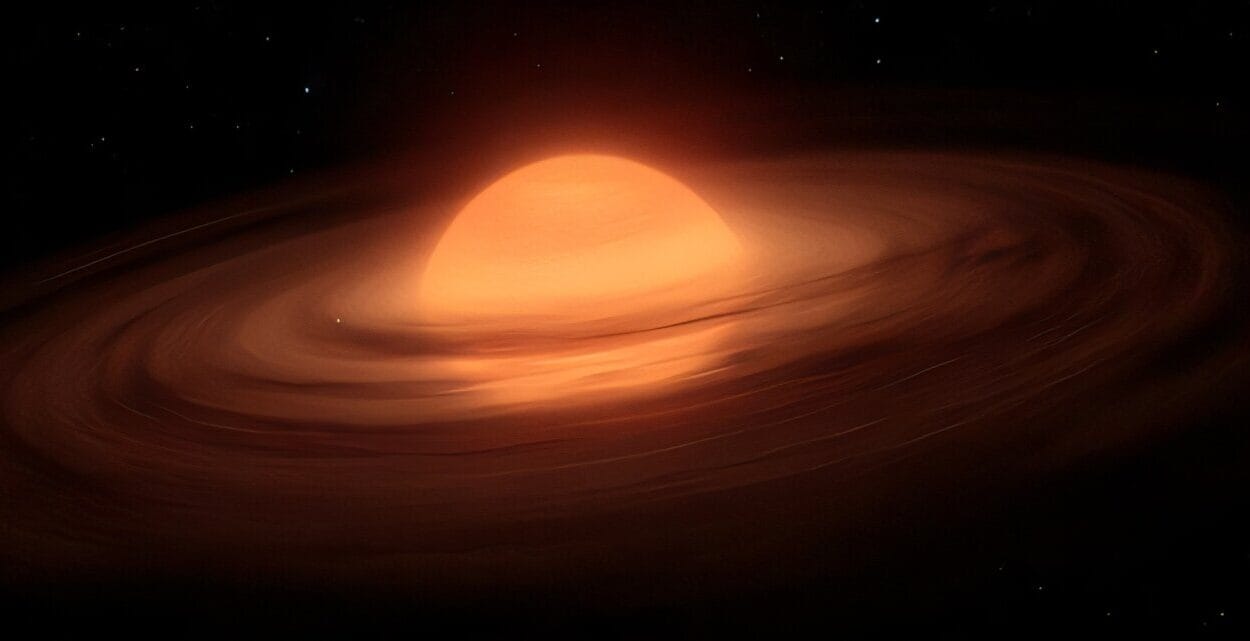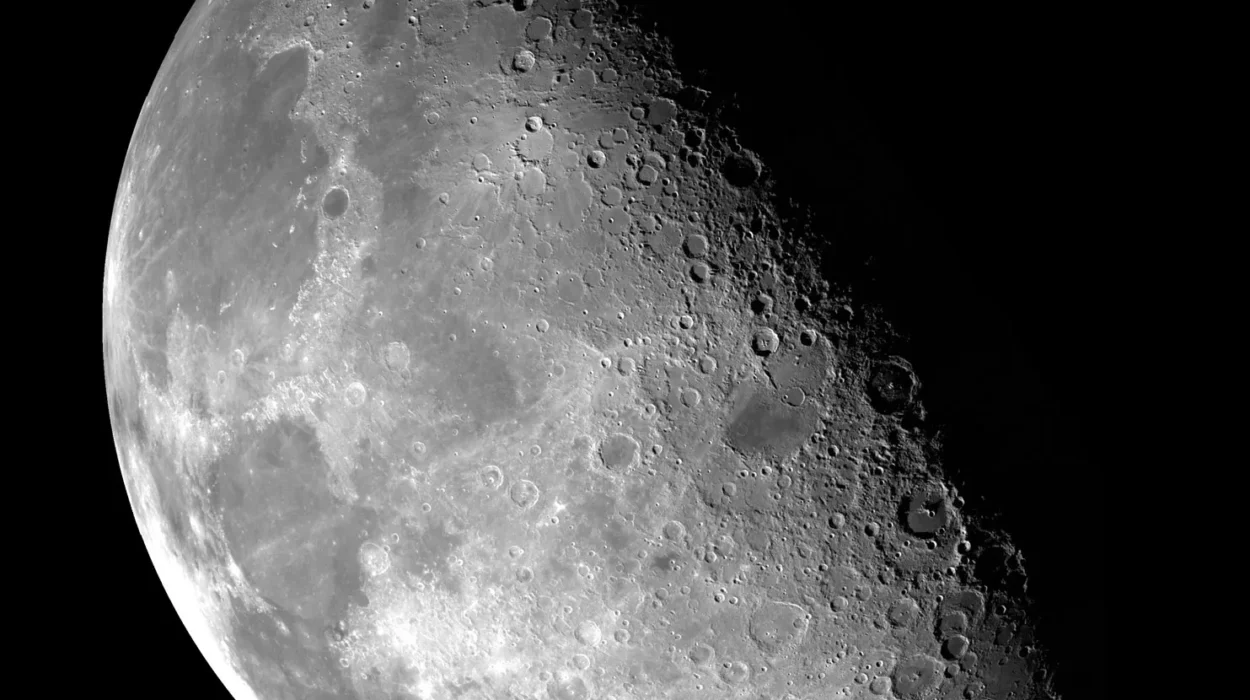It seems like an open-and-shut case. Mercury, the closest planet to the Sun, should be the hottest. It sits just 36 million miles away from our blazing star, while Venus floats a bit farther out at 67 million miles. Logic suggests that Mercury, constantly bathed in intense sunlight, would naturally top the temperature charts of the solar system.
Yet, the truth is more astonishing. Venus, our planetary twin in size and mass, is hotter than Mercury. Far hotter. Venus has a surface temperature that can melt lead—about 465°C (869°F)—while Mercury, despite its proximity to the Sun, has a much milder maximum of around 430°C (800°F) on its day side and can plummet to -180°C (-290°F) at night.
Why is the second planet from the Sun hotter than the first? To uncover this, we must journey deep into the atmospheres, compositions, and behaviors of these two fascinating worlds.
A Tale of Two Planets
Let’s begin by looking at the protagonists of our tale: Mercury and Venus.
Mercury is a rocky, airless world, about 38% the size of Earth. It spins slowly on its axis, taking 59 Earth days to complete one rotation. There’s no real atmosphere to speak of—just a thin exosphere made up of atoms blasted off its surface by solar winds.
Venus, in contrast, is almost Earth’s twin in size and gravity. But that’s where the similarity ends. Venus is cloaked in a thick, yellowish veil of clouds composed mainly of carbon dioxide with droplets of sulfuric acid. Its atmosphere is nearly 100 times thicker than Earth’s and exerts crushing pressure at the surface.
These differences are crucial. If Mercury is like a bare rock sizzling under the Sun, Venus is more like a pressure cooker sealed shut with the thermostat broken.
The Atmosphere: Venus’s Weapon of Heat
The key to Venus’s extreme heat lies in its thick, toxic atmosphere. Venus’s atmosphere is composed of about 96.5% carbon dioxide—a potent greenhouse gas. On Earth, greenhouse gases trap heat, making our planet warm enough to support life. On Venus, this effect is taken to an unimaginable extreme.
Sunlight penetrates the Venusian clouds and reaches the surface, warming it. The surface then emits infrared radiation (heat), but unlike on Earth, this heat cannot escape back into space. Instead, it’s trapped by the dense carbon dioxide atmosphere. The result is a runaway greenhouse effect that constantly pumps up the surface temperature.
This is not just heating—it’s extreme heating. Even though Venus receives about 25% less solar energy than Mercury, its ability to retain that heat far surpasses its innermost sibling. The thick clouds also reflect much of the Sun’s light, but the heat that does get through becomes locked in.
On the other hand, Mercury has no substantial atmosphere to trap heat. As soon as the Sun sets on its long day (lasting over 1,400 hours), temperatures plunge drastically. There’s no medium—no air, no gas—to retain the warmth. It’s like standing in the desert at noon and then instantly teleporting to Antarctica at night.
The Role of Rotation and Day-Night Cycles
A planet’s rotation influences how heat is distributed across its surface. Mercury has an unusual rotation: it completes three rotations for every two orbits around the Sun, creating days and nights that last for about 176 Earth days. That’s longer than a Mercury year, which is just 88 Earth days.
This sluggish rotation contributes to its temperature extremes. The day side bakes under the relentless Sun for months, but without an atmosphere to move the heat around, the night side becomes frigid. There’s no balance—no weather, no winds to stir warmth across the planet.
Venus, too, rotates slowly—so slowly that its day is longer than its year. It takes 243 Earth days to rotate once on its axis, but only 225 days to orbit the Sun. Even more curiously, it rotates in the opposite direction of most planets. On Venus, the Sun rises in the west and sets in the east.
Despite the slow rotation, Venus has incredibly high surface temperatures day and night, across its entire surface. How is this possible?
The answer lies again in its thick atmosphere. Venus’s dense air acts like an oven, circulating heat globally through powerful winds and convection currents. The planet’s slow spin doesn’t matter much; the greenhouse effect keeps temperatures uniformly high. It’s hot at the poles, it’s hot at the equator, it’s hot in the morning, and it’s hot at night.
Cloud Cover and Albedo: The Reflective Paradox
Venus is incredibly bright in the night sky. It’s often called the “morning star” or “evening star” because of its radiant appearance. This brilliance is due to its thick clouds, which reflect about 70% of the sunlight that hits them. This reflective ability is measured by a value called albedo.
Venus has a high albedo, meaning it reflects most incoming solar radiation. Mercury, by contrast, has a very low albedo, absorbing most of the light it receives.
So how is it that a planet which reflects most of its sunlight ends up hotter than one that absorbs it?
This paradox can be resolved when we realize that the reflected sunlight doesn’t contribute to heating the surface. What little solar radiation does reach the Venusian ground, however, is trapped and amplified by the greenhouse effect. It’s not how much energy you get—it’s what you do with it. Venus may let in less sunlight, but it holds onto nearly every bit of it. Mercury, despite its absorptive surface, lets that heat radiate back into space almost as quickly as it arrives.
The Power of Pressure
Pressure is another critical difference between these two worlds. Venus’s atmospheric pressure at the surface is about 92 times that of Earth. Standing on Venus would feel like being 900 meters (3,000 feet) underwater on Earth. This high pressure not only contributes to the heat retention but also affects how gases behave and how heat is transferred.
In such dense conditions, the heat from the sun is compressed, and infrared radiation is constantly absorbed and re-emitted by the thick soup of carbon dioxide molecules. The result is a nearly uniform temperature across the planet, regardless of time of day or latitude.
Mercury, on the other hand, is exposed directly to space. With no atmospheric pressure, it’s more like the Moon than a planet like Earth or Venus. It absorbs and re-radiates energy in a vacuum, which leads to wild temperature fluctuations.
A Planet Trapped in a Runaway Greenhouse
Venus’s inferno is a classic example of a runaway greenhouse effect. In Earth’s climate system, increased greenhouse gases lead to warming, which can cause more water vapor (itself a greenhouse gas) and lead to more warming—a feedback loop. Venus experienced such a feedback loop long ago, but on a catastrophic scale.
Billions of years ago, Venus may have had oceans. As the Sun brightened over time, water on Venus began to evaporate. Water vapor is a powerful greenhouse gas, so the atmosphere warmed, causing more water to evaporate. Eventually, the heat broke apart water molecules, and the hydrogen escaped into space. The result: a dry, toxic world where any liquid water was lost, and carbon dioxide took over the atmosphere.
Once the CO₂ accumulated, the planet became trapped in its current state. The surface grew hotter and hotter, unable to cool. Volcanoes may have released even more gases, further intensifying the greenhouse effect.
Today, Venus’s condition stands as a haunting example of how planetary climates can spiral out of control.
Volcanism and the Role of Surface Features
Volcanoes have played a massive role in shaping Venus. The planet’s surface is dotted with immense volcanic structures. Some are hundreds of kilometers wide. Scientists believe Venus may still be volcanically active today.
These volcanoes have likely contributed vast quantities of carbon dioxide to the atmosphere over eons, reinforcing the greenhouse effect. Without a mechanism to remove CO₂—like Earth’s oceans or plate tectonics—Venus accumulated more and more of this heat-trapping gas.
Mercury also has evidence of past volcanic activity, but not on the same scale. Its small size and lack of internal heat have rendered it geologically inactive for billions of years. There’s no new carbon dioxide, no active volcanoes, and no substantial change to its thin exosphere.
In other words, Venus cooked itself from the inside out, while Mercury remained geologically dormant and atmospherically bare.
Winds, Currents, and the Super-Rotation of Venus’s Atmosphere
One of Venus’s most extraordinary features is the super-rotation of its atmosphere. Despite the planet’s slow rotation, the upper atmosphere whips around the planet at speeds exceeding 360 kilometers per hour (224 mph). It takes just four Earth days for the clouds to circle the globe.
This super-rotation distributes heat quickly and efficiently, helping maintain the planet’s uniform temperatures. It also contributes to the complex cloud patterns observed by spacecraft, including towering waves and spirals at the poles.
On Mercury, with no atmosphere, there are no winds, no weather, and no means of distributing heat. The sunward side bakes while the far side freezes. It’s a harsh, dead world.
Lessons for Earth: A Cautionary Tale
Venus is more than just a planetary curiosity. It’s a warning. A glimpse into what can happen when a greenhouse effect is allowed to run unchecked. Earth is nowhere near Venus’s condition, but climate scientists study Venus closely to understand how planetary climates can change dramatically.
Our world, too, has greenhouse gases and a delicate balance between energy input and output. While Earth’s natural processes help regulate these gases, human activity is disrupting that balance. Venus offers a look at the worst-case scenario—not in human timescales, but in planetary ones.
Studying Venus deepens our understanding of how planets work—and how they can change. It’s a laboratory for climate science on a scale impossible to recreate on Earth.
Conclusion: The Hottest Planet, the Coldest Truth
So why is Venus hotter than Mercury? It is not about proximity to the Sun, but rather what a planet does with the energy it receives.
Mercury, for all its closeness to the solar furnace, is a naked world that absorbs heat and then lets it go. Venus, wrapped in an atmosphere of extraordinary thickness and toxicity, traps every ounce of warmth it gets and turns its entire surface into a pressure-cooked inferno.
It’s a story of balance—or the lack of it. Of greenhouse gases gone wild. Of a planet that may once have been temperate but was transformed into a hellscape. And of a neighboring world that reminds us how delicate climate truly is.
Venus may lie farther from the Sun than Mercury, but in terms of heat, it reigns supreme. The hottest planet in the solar system is not the closest to the Sun—it’s the one that couldn’t stop itself from holding on to the heat.






